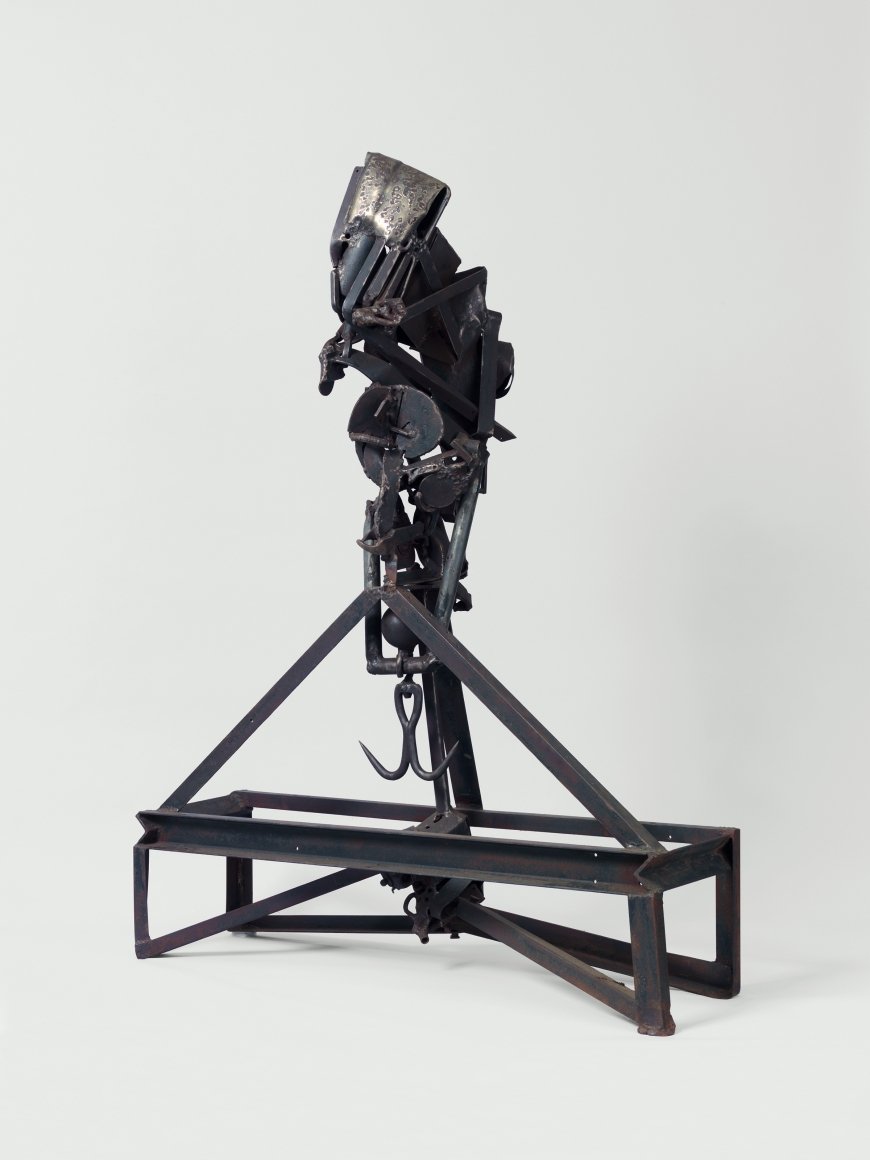Recent Events and Projects
Carol Mothner, The Wait, 1998
OCTOBER 15, 2022–OCTOBER 15, 2023
THE THIRD, MEANING: ESTAR(SER) Installs the Frye Collection
What do works of art want from us? They want our attention. Can we make their fantasy come true? In this dreamlike exhibition of selected works from the Frye’s collection, the research collective ESTAR(SER) invites visitors to explore the many ways attention bridges the gap separating artworks and their viewers. Attention is what stands between — the third thing in every encounter of eye and world.
Melvin Edwards, The Lifted X, 1965
September 29, 2022–October 1, 2022, Yale University
Surrogates: Embodied Histories of Sculpture in the Short 20th Century
This conference, co-organized by Joanna Fiduccia and Jordan Troeller, aims to reconsider the relevance of humanism for the history of twentieth-century sculpture. Our focus will be the decades between 1914 and 1989 (Eric Hobsbawm’s “short century”), an interval when competing definitions of humanity emerged from global warfare, feminist activism and theory, postcolonial nationalisms, the Civil Rights movement, and the Non-Alignment Movement. During this same period, sculpture, which had long served as the repository for idealized representations of humankind, began to remake the contours of the body: not as copy or exemplar, but as functioning model, prosthesis, and surrogate. Reclaimed for projects of political representation by some artists and disavowed by others, the human figure served as a staging-ground for upheavals in the category of the human itself.
Looking back on sculpture’s address to this emergent subject, this conference questions whether this history can continue to be captured by prevailing accounts of twentieth-century sculpture, which describe its shift from autonomous and intentional form to models of intersubjective and environmentally contingent experience. What would it look like instead to understand a history of sculpture shaped by Aimé Césaire’s “humanism made to the measure of the world”— one that remains alive to what sculpture might tell us about being human in relation to the non-human, “less than human,” and natural world?

